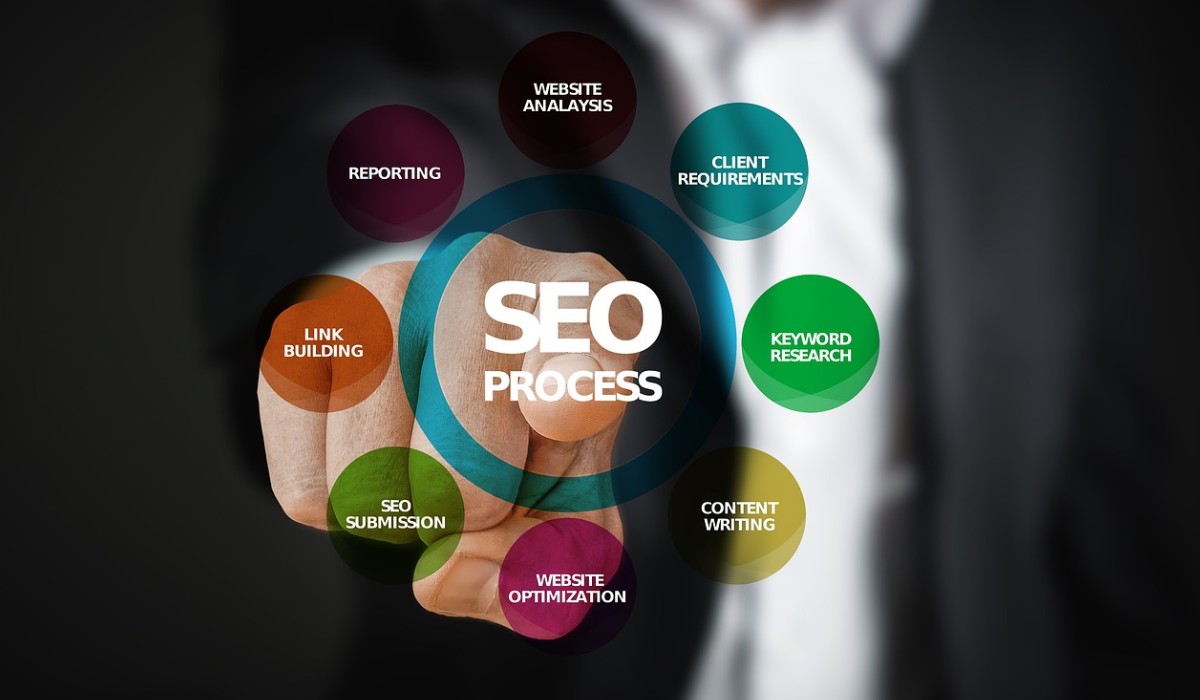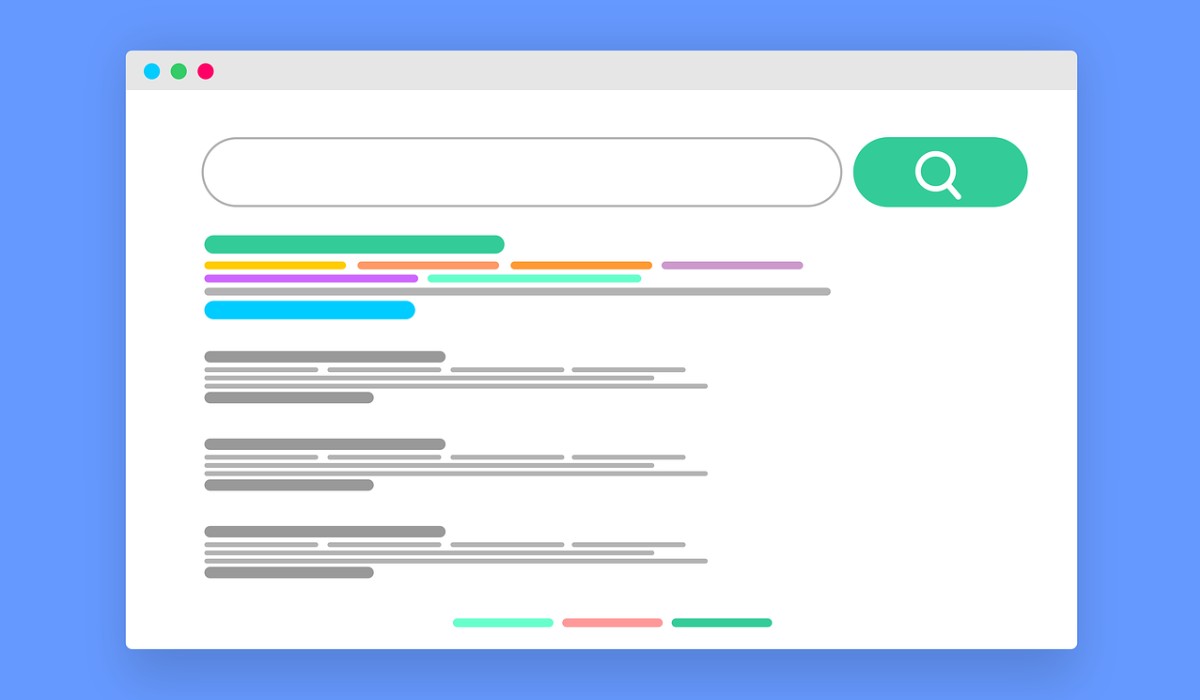How AI-Driven Answer Engine Optimization (AEO) Works
The world of digital marketing is rapidly evolving, and traditional SEO is no longer enough to ensure content visibility and engagement. Enter Answer Engine Optimization (AEO), a concept powered by artificial intelligence (AI) that is reshaping how businesses connect with users. In this post, we’ll explore how AEO works and how AI is driving this new wave of optimization, enabling businesses to provide more accurate and efficient answers to their customers’ questions.
What is AEO?
AEO refers to the optimization strategies aimed at getting your content featured as direct answers in AI-powered search engines or virtual assistants. Unlike traditional SEO, which focuses on ranking for keywords, AEO is about providing concise, relevant answers that algorithms like Google’s featured snippets, voice assistants (like Alexa or Siri), and other AI systems can use to respond directly to user queries.
AI is at the heart of AEO
The foundation of AEO is artificial intelligence (AI), which enables search engines and virtual assistants to provide precise, context-rich responses. This is how AEO is powered by AI.
Natural Language Processing (NLP)
NLP makes it possible for AI to comprehend and analyze human language in a contextually appropriate manner. AI can match users with material that best answers their questions by examining the way they phrase them. For organizations, this implies that in order for AI systems to understand your content, it must be written in a conversational and organic tone.
Machine Learning (ML)
By examining trends in search activity and content consumption, AI systems employ machine learning to get better over time. After learning which responses are most beneficial to users, these systems modify their algorithms to give priority to these outcomes. Because of this, companies must maintain their material current and pertinent to the most common search terms used by consumers.
Semantic Search
Semantic search, which aims to comprehend the intent behind the query, is gradually replacing keyword-based search in AI-powered search engines like Google. This implies that for AEO, creating material that meaningfully responds to the underlying issue is equally as important as employing certain keywords.
Data Extraction and Structuring
AI uses structured data and schema markup to extract relevant information quickly. This allows it to pull answers from specific parts of a website, such as FAQs or well-structured content, and present them directly in search results. Businesses can improve their chances of appearing in AEO results by using these structured data techniques.

How AEO Impacts Businesses
AEO brings several key advantages for businesses
Increased Visibility
Appearing in answer boxes, voice search results, and other AI-driven features increases your brand’s visibility. As these answers are often displayed at the top of search results or in voice assistant responses, your content gets direct exposure to users, leading to increased traffic and potential conversions.
Improved User Experience
AEO is all about providing users with quick, relevant answers. By optimizing your content for AEO, you’re ensuring that users have a smoother and more efficient experience, which can increase trust in your brand.
Higher Engagement
When AI tools provide users with accurate answers from your website, it can lead to higher engagement with your content. This could result in users spending more time on your site or interacting with additional resources you provide.
What Tools Can Help Me Implement AEO?
There are several tools and plugins that can help optimize your content for AEO
Yoast SEO and Rank Math
These SEO plugins for WordPress help you implement structured data and optimize your content for both SEO and AEO.
Google’s Structured Data Markup Helper
This tool helps you generate schema markup for your content.
Answer the Public
A tool that helps identify common questions and search queries related to your business, which you can then optimize your content to answer.
Google Search Console
This tool provides insights into how your content is performing in search results, including featured snippets.

How Can I Optimize My Content for AEO?
To optimize for AEO, you should
Answer User Questions Directly
Provide clear, concise answers to specific user queries, especially in the form of FAQs, how-tos, and step-by-step guides.
Use Structured Data (Schema Markup)
Implement schema markup like FAQ schema, How-to schema, and Article schema to help search engines understand your content better.
Optimize for Featured Snippets
Format your content in a way that is easily extractable by search engines, such as using bullet points, numbered lists, and clear headers.
Ensure Conversational Tone
Optimize content for voice search by using natural, conversational language that reflects how people ask questions aloud.
Demystifying AEO: Top Questions Answered
Why is AEO important for businesses?
How do I optimize my website for AEO?
To optimize your website for AEO, you should:
- Answer questions clearly : Focus on providing direct answers to user questions, especially in FAQs and step-by-step guides.
- Use structured data : Implement schema markup (like FAQ schema and How-to schema) to help AI systems understand and present your content more easily.
- Target conversational keywords : Optimize for voice search by using natural, conversational language that mirrors how people ask questions aloud.
- Optimize for featured snippets : Format content with clear headings, bullet points, and concise answers that are likely to be picked up by search engines.
How can AEO improve my website’s visibility?
What type of content should I create for AEO?
For AEO, you should focus on creating content that directly answers common questions related to your industry or products. This could include:
- FAQs : Creating a detailed FAQ section addressing specific questions.
- How-to guides : Step-by-step instructions that can easily be turned into How-to schema.
- Lists and tables : These formats are preferred for featured snippets and other AI-driven answers.
- Conversational blog posts : Content written in a natural, question-and-answer style that mimics how users phrase their queries.
